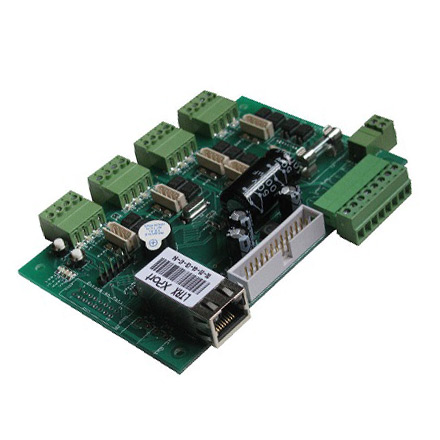

The Versatility of Transparent Reflective Glass A Modern Marvel in Architectural Design
Transparent reflective glass, an innovative building material that merges aesthetics with functionality, has become increasingly popular in contemporary architecture. This unique glass type allows for natural light to filter through a building while simultaneously reflecting external views, thereby enhancing privacy and energy efficiency. Its application in modern construction is vast, serving both practical needs and artistic visions.
At its core, transparent reflective glass is formulated with a thin metallic coating that reflects light. The result is a sleek, mirror-like finish on one side, enabling the glass to bounce back sunlight and reduce the amount of heat transmitted into buildings. This feature plays an essential role in energy conservation, making it a favored choice among architects aiming for sustainability in their designs. By minimizing reliance on artificial heating and cooling systems, buildings outfitted with this type of glass can significantly reduce their carbon footprints.
Moreover, the aesthetic appeal of transparent reflective glass cannot be overstated. It provides a modern and elegant facade, allowing structures to harmoniously blend into their surroundings. For instance, skyscrapers adorned with reflective glass capture the dynamic colors of the sky and the vibrancy of the urban landscape. As a result, these buildings are not merely functional spaces; they become artworks that evolve with changing light conditions throughout the day. This interplay of reflections can create a visually captivating experience for passersby.

Additionally, transparent reflective glass offers enhanced privacy without sacrificing natural light. Whereas traditional glass can expose interiors to the scrutinizing gaze of onlookers, reflective glass maintains a level of confidentiality. This is particularly advantageous for office buildings, medical facilities, and residential homes located in densely populated areas. Occupants benefit from abundant daylight while enjoying a shield from external observation, thus enhancing comfort.
The use of transparent reflective glass is not limited to commercial and residential buildings; it extends to various sectors, including automotive and interior design. In vehicles, this type of glass helps reduce glare from the sun while providing drivers with an unobstructed view of the road. In interior design, it can be used creatively in partitions and furniture, adding depth and a sense of spaciousness to a room.
However, it is essential to consider potential drawbacks. While reflective glass serves numerous purposes, its installation requires careful planning and analysis. Excessive reflections can be disorienting or intrusive, particularly in residential neighborhoods or areas with significant pedestrian traffic. Designers and architects must balance beauty with functionality, ensuring that the benefits of transparent reflective glass do not compromise the surrounding environment or safety.
In conclusion, transparent reflective glass represents a significant advancement in architectural materials, combining functionality, aesthetics, and sustainability. Its ability to reflect light while allowing for natural illumination makes it a preferred choice for architects and designers worldwide. As innovative technologies continue to evolve, the potential for this material is boundless, paving the way for even more groundbreaking applications in the future. Whether enhancing the skyline of a bustling city or providing comfort and privacy in homes, transparent reflective glass is an essential component of modern architecture, embodying the synergy of design and utility.